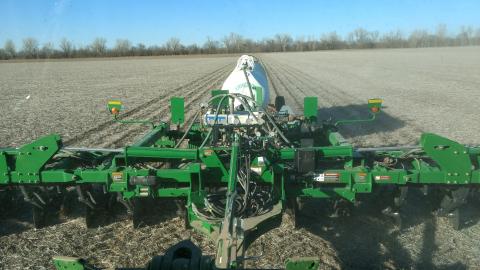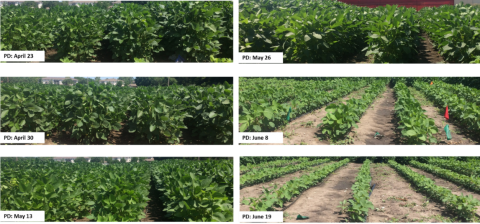Cutting Costs Without Hurting Yields? Check Fertilizer N Rates in Corn after Alfalfa
February 22, 2017
With tight crop margins for the 2017 growing season, many farmers are looking for ways to cut input costs without hurting yields. One way to do this is by giving the appropriate nitrogen credit when calculating how much N to apply to corn grown after a prior alfalfa crop.
Early Bird Gets the Worm: Benefits of Early Soybean Planting
April 20, 2016
Weather during the growing season (sunlight, temperature, and rainfall) will ultimately determine the soybean yield potential in a given year. While it is difficult to predict the weather ahead, you have an opportunity to manage your planting date to increase the odds of achieving a higher yield in 2016.
Soybean Seeding Rate Tips
April 20, 2016
Numerous soybean seeding rate studies have indicated that a final plant population of about 80,000 to 120,000 plants per acre is likely sufficient for ensuring an economic return, with the latter being based on weighing the slightly higher yield potential with higher final pl

